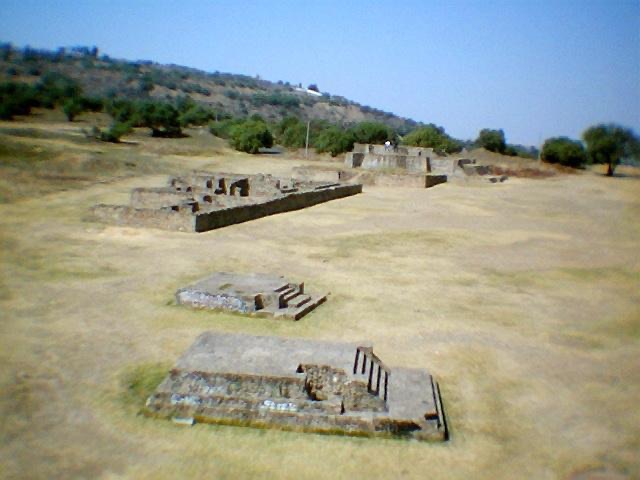The Archaeological Site of Acozac in Ixtapaluca, State of Mexico
Acozac, situated in the Municipality of Ixtapaluca within the State of Mexico, Mexico, represents a significant archaeological site that offers insights into the pre-Columbian history of the region. Located at kilometer 30 on the federal road connecting México and Puebla, towards Ixtapaluca, Acozac stands as a testament to the complex civilizations that once thrived in this area.
Get your dose of History via Email
Historical Context and Occupation Phases
The site of Acozac has been historically linked with Tlazallan-Tlallanoztoc, as documented in the Codex Xolotl, suggesting its importance as a city site during the reign of the grandson of Xólotl, Techotlallatzin. Ceramic evidence from the site indicates that its foundation likely commenced during the Azteca I phase, spanning from 900 to 1200 AD. The occupation of Acozac continued into the Aztec phase II, from 1200 to 1430 AD, coinciding with the reign of Techotlallatzin. The structures that are currently visible at the site date back to the Azteca phase III, from 1430 to 1521 AD.
Techotlallatzin, the tlatoani (ruler) of Texcoco, passed away in 1406 AD. His son, Itzcoatl, succeeded him but faced challenges early in his reign. Itzcoatl, described as an inexperienced prince, was surprised at his city by Tezozomoc, the tlatoani of Azcapotzalco. In a dramatic turn of events, Itzcoatl, along with his son Nezahualcoyotl, fled and was pursued into a forest. Itzcoatl managed to hide his son before ultimately being killed, marking a significant episode in the region’s history.
Architectural Features and Structures
Among the notable structures at Acozac is a circular temple dedicated to Ehecatl, the wind god, highlighting the religious practices and beliefs of the people who inhabited the site. Additionally, the Great Platform, situated between the circular temple and the Palace, features rooms, patios, and altars, with some remnants of red stucco finishing still visible today. Two small altars have also been discovered near the foundation of the main temple and in front of it in the lower part, further underscoring the site’s ceremonial significance.
In total, over a hundred structures have been identified at Acozac, most of which are presumed to have served residential purposes. This extensive array of buildings provides a glimpse into the daily lives and societal organization of the site’s inhabitants.
Natural Setting and Visibility
Acozac is enveloped by a forest, offering a picturesque setting that not only showcases the architectural remnants but also the natural landscape. From the site, the volcanoes Popocatepetl and Iztaccihuatl are visible, adding to the scenic beauty and cultural significance of Acozac. The interplay between the constructed environment and the natural world at Acozac offers valuable insights into how the site’s inhabitants interacted with their surroundings.
In conclusion, the archaeological site of Acozac in Ixtapaluca, State of Mexico, serves as a crucial link to understanding the rich pre-Columbian history of the region. Through its structures, historical context, and natural setting, Acozac offers a window into the lives, beliefs, and architectural achievements of the civilizations that once flourished in this part of Mexico.
Sources:

